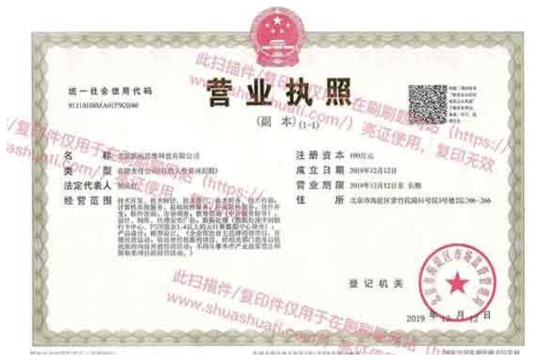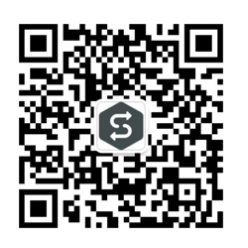



客服电话:400-618-6990
(工作日周一至周五 9:00-18:00)
公司地址:北京市海淀区紫竹院路81号院3号楼2层206-266


刷刷题
版本记录
联系我们



刷刷题APP

刷刷题公众号

刷刷题小程序
声明:本网站大部分资源来源于用户创建编辑,上传,机构合作,自有兼职答题团队,如有侵犯了你的权益,请发送邮箱到feedback@deepthink.net.cn 本网站
将在三个工作日内移除相关内容;刷刷题对内容造成的任何后果不承担法律上的任何义务或责任




